By Megan Edwards,
Last Updated:No ingredient marks the changing of the seasons quite like winter squash. As the days grow darker and weather gets colder, these hearty veggies are ideal for roasting, baking, and puréeing into fall-inspired recipes. Each type of squash has a different flavor profile and texture, which means it’s important to know your gourds before hitting the grocery store. Here’s a quick breakdown of the most common types of winter squash you’ll find:
- Butternut squash: Earthy and mildly sweet, this orange-hued squash has a dense texture that’s great to use as a hearty meat replacement and is also delicious when puréed into soup. Learn more about butternut squash, including tips for selection and storage, in our handy guide.
- Delicata squash: Enjoy the brown-sugar flavor and edible skin of these oblong squash that are perfect for roasting as a side dish, rolling in a crunchy coating, or chopping up for a hearty salad.
- Spaghetti squash: The thin tendrils that mimic spaghetti pasta make this squash ideal for reinventing your favorite noodle dishes. Best when oven-roasted or cooked in the microwave.
- Acorn squash: Similar to butternut squash but even milder, the buttery flesh of acorn squash is tasty when roasted, grilled, or used as a creamy element in a dessert.
- Pumpkin: The smooth, buttery texture and sweet potato–like flavor of pumpkin makes it ideal for incorporating into baked goods and creamy soups. You can also use the seeds (pepitas) as a crunchy garnish! To learn which types of pumpkin to use for what, check out our handy pumpkin guide. And see our full roundup of pumpkin recipes here.
- Kabocha squash: This sweet Japanese squash has a fluffy texture that’s perfect for cutting into cubes and using in salads, stews, and casserole dishes for added autumnal flare.
Now that you’ve brushed up on your squash smarts, it’s time to get cooking!

Curried Butternut Squash and Cauliflower Stew

Delicata Squash Boats with Cauliflower Bechamel

Spaghetti Squash Pho

Butternut Squash Risotto

Delicata Squash Tacos

Pumpkin and Red Lentil Dal
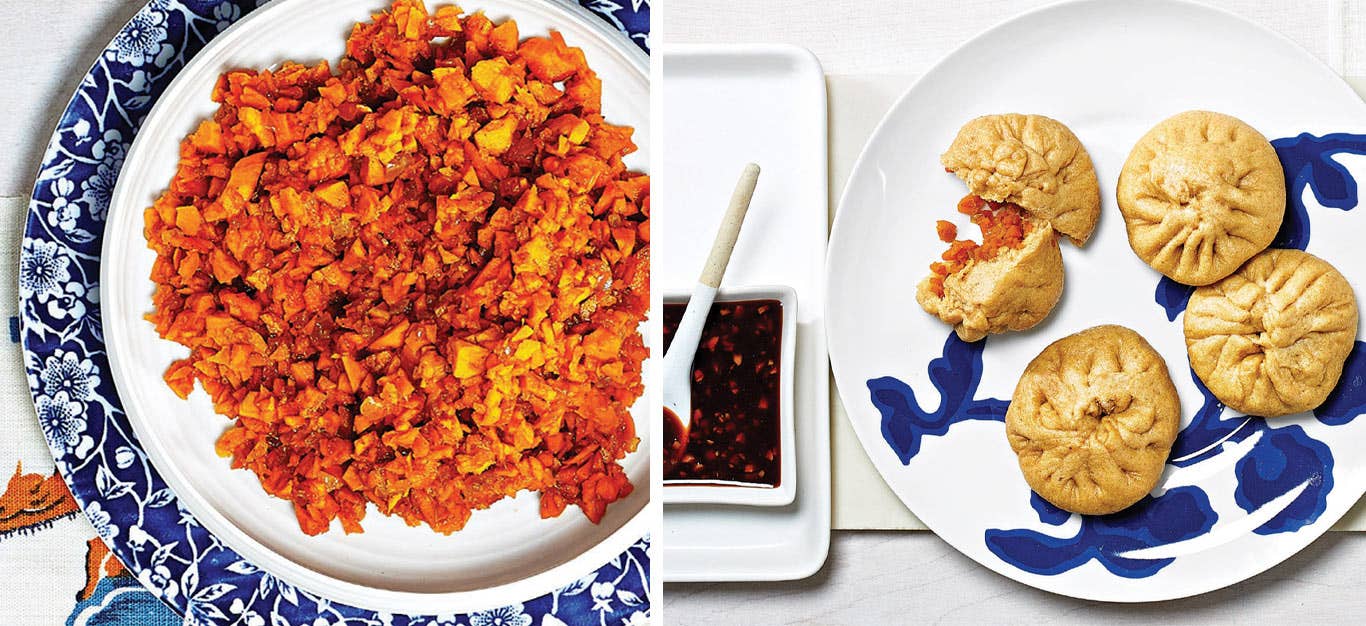
Five-Spice Kabocha Squash Bao Bun Filling

Butternut Squash Mac and Cheese with Broccoli
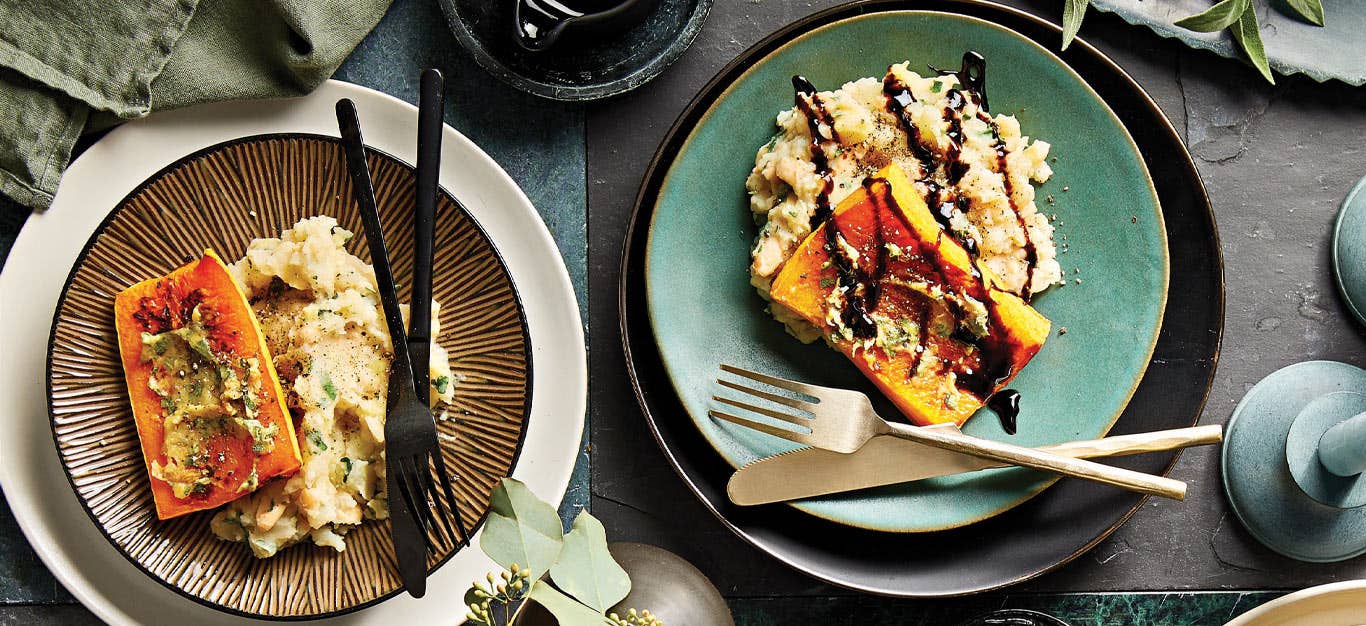
Garlic Squash Steaks with Herbed Pear-Potato Mash
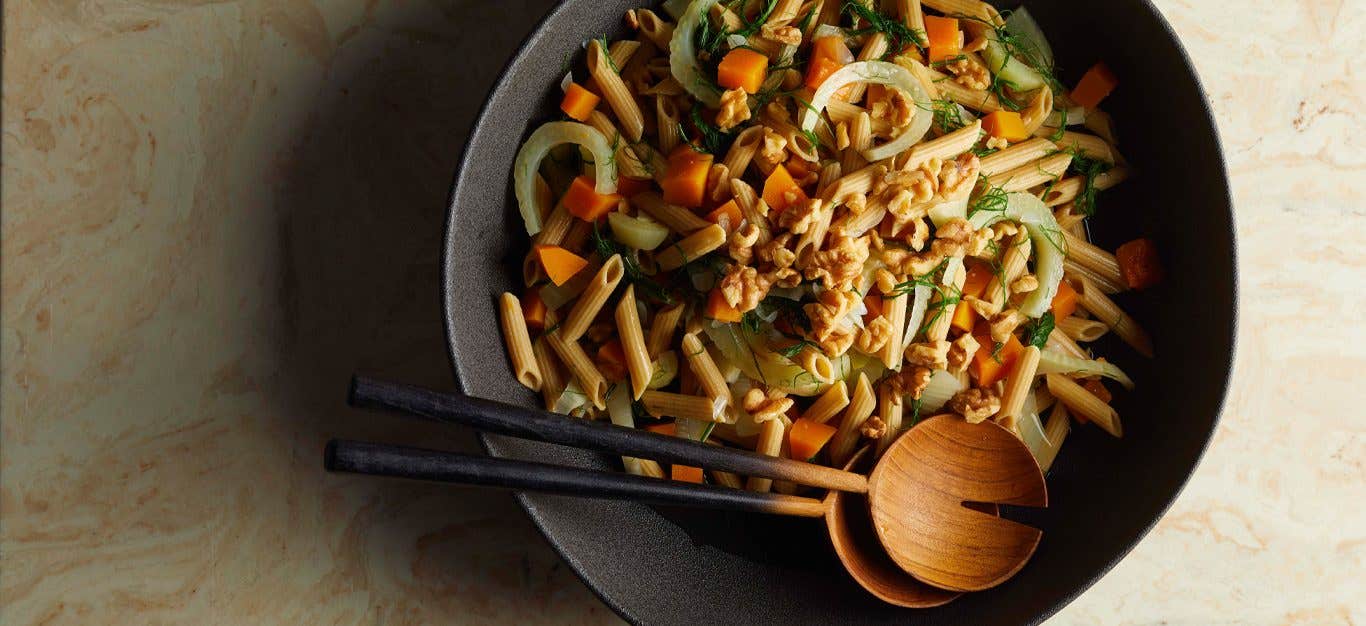
Penne with Butternut Squash and Fresh Fennel
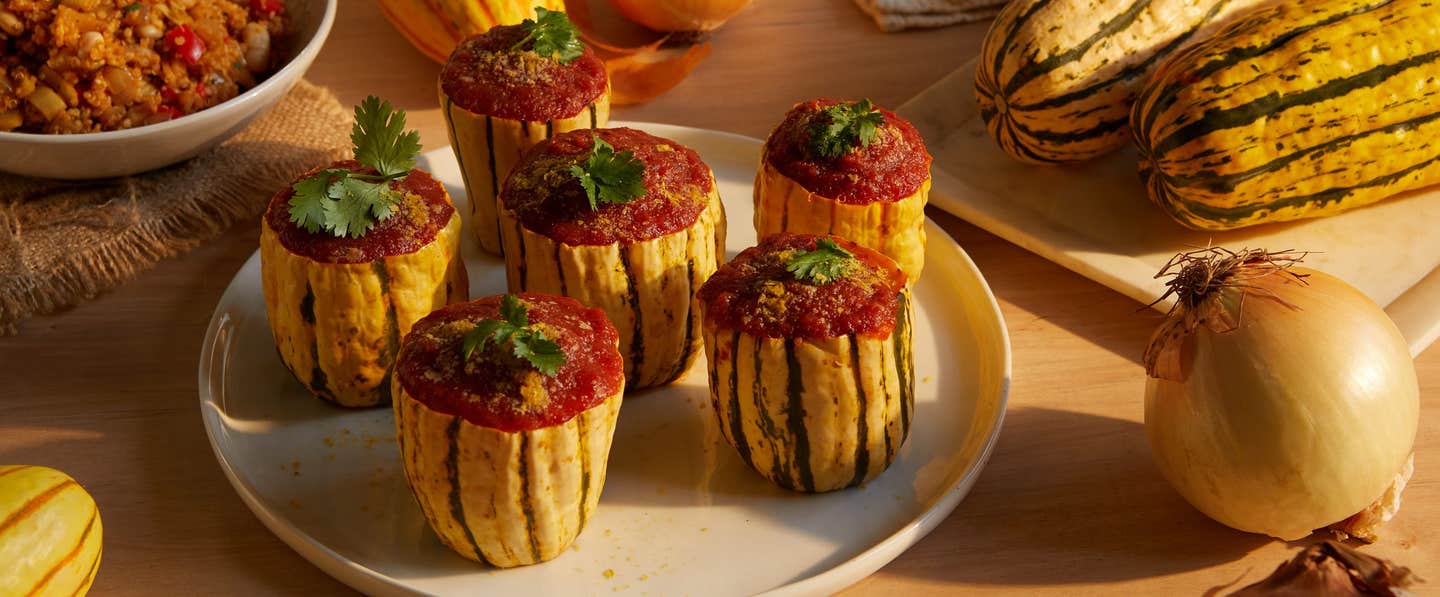
Delicata Squash with Creole Quinoa Stuffing
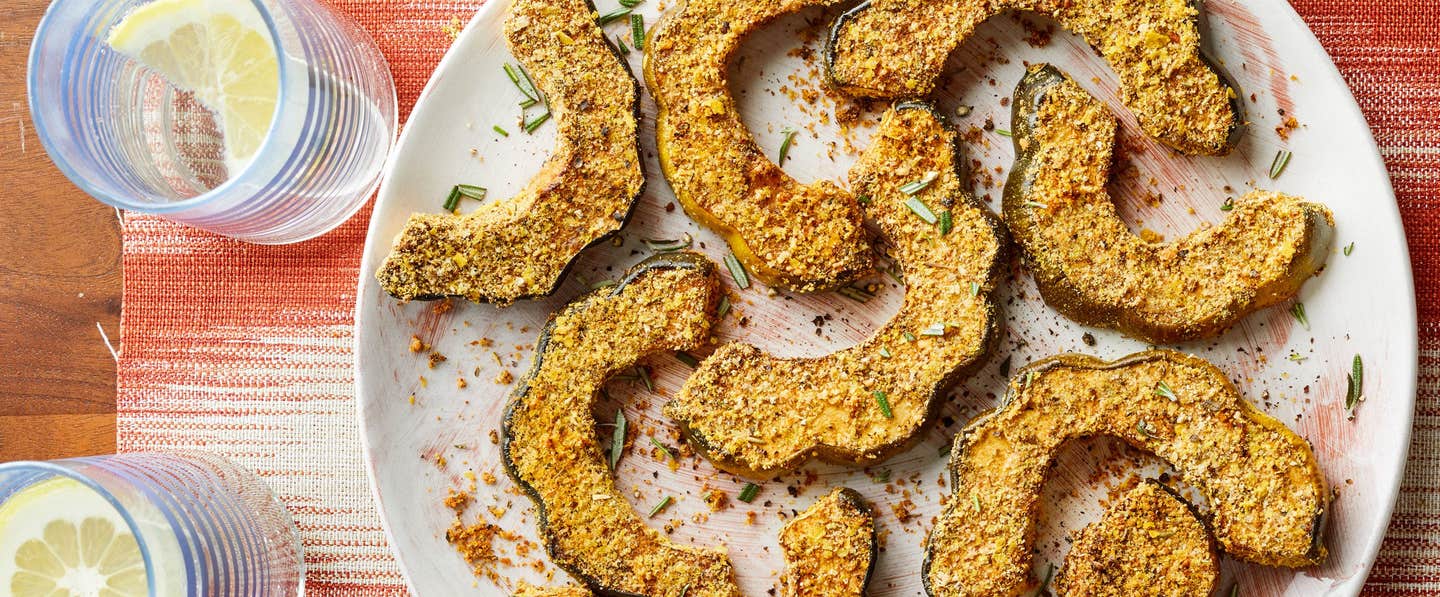
Crispy Roasted Acorn Squash
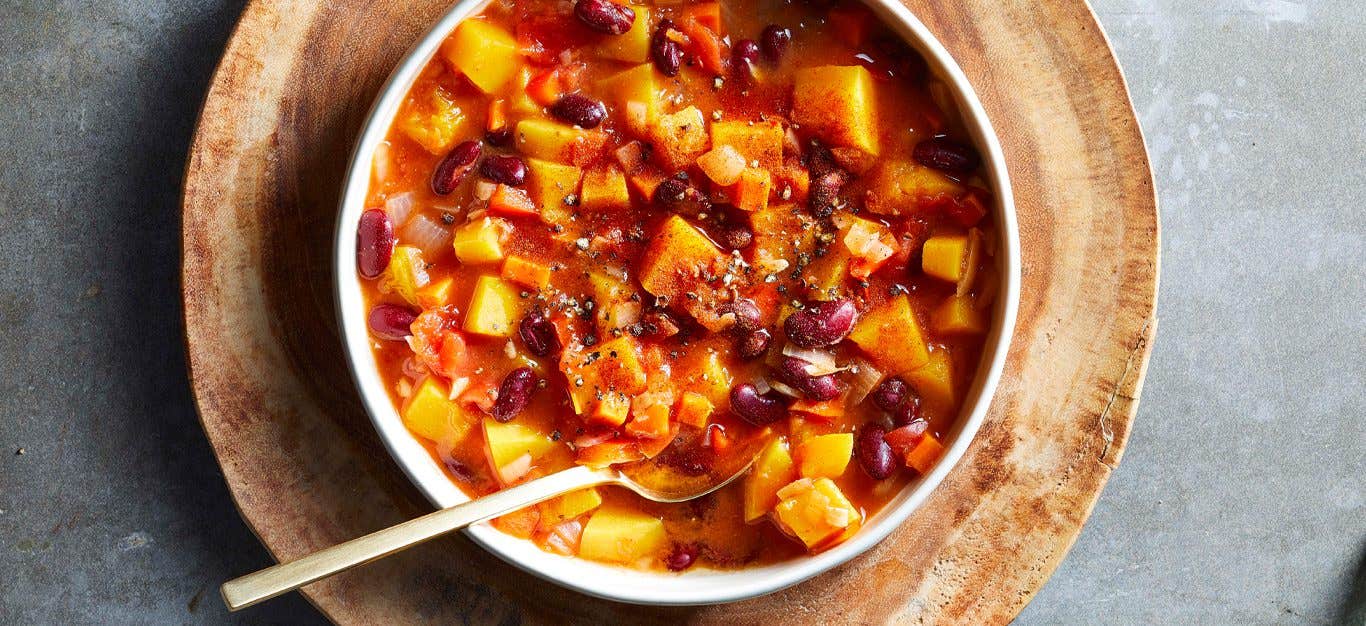
Butternut Squash and Red Bean Stew
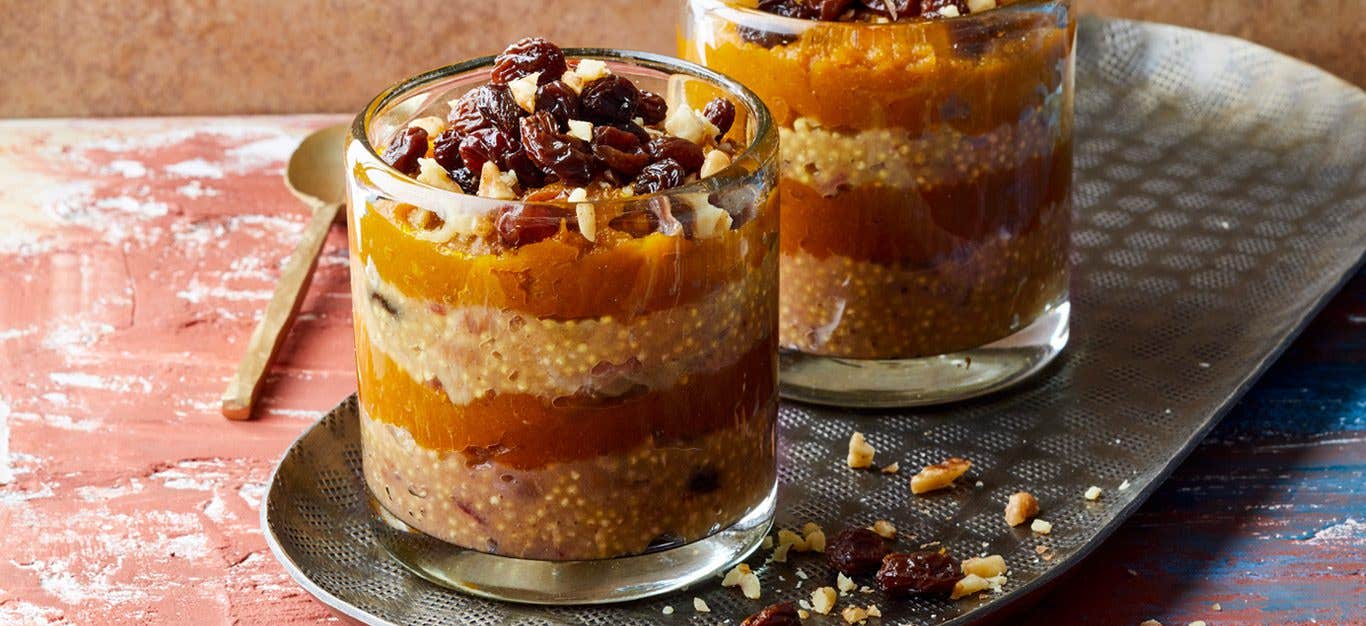
Millet and Kabocha Squash Breakfast Parfaits

Fall Fruit Trifle with Pumpkin Gingerbread
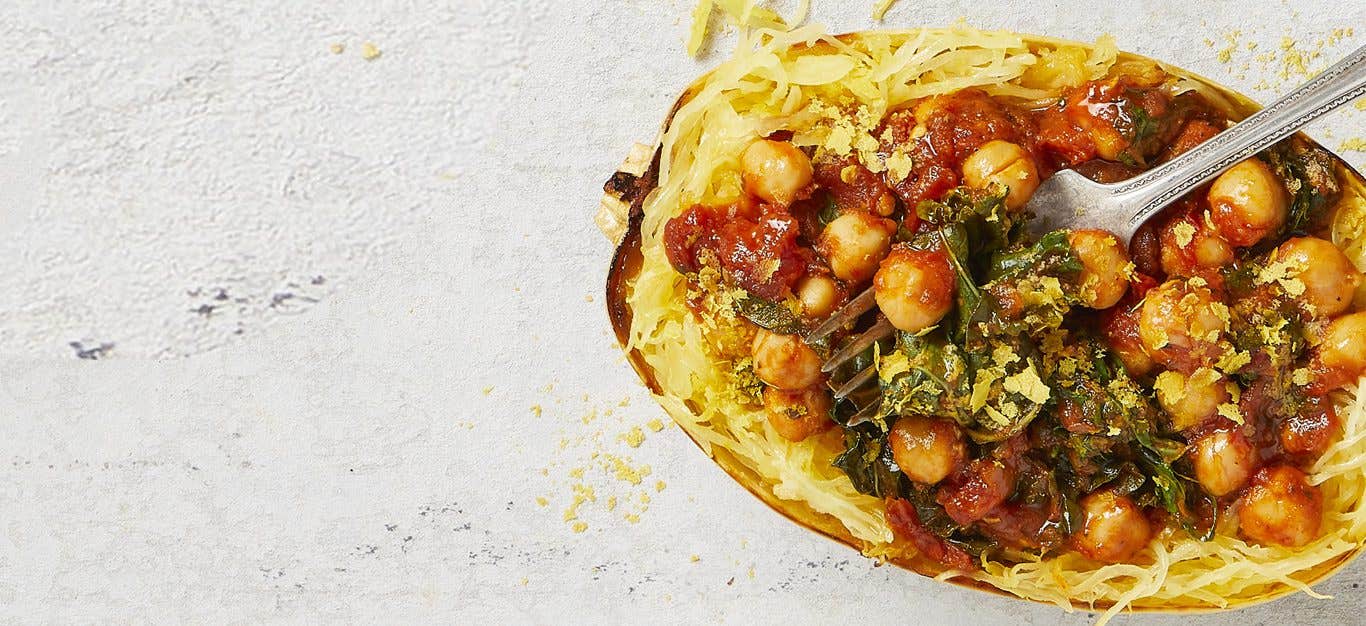
Kale Arrabbiata-Stuffed Spaghetti Squash

Pumpkin Alfredo Casserole
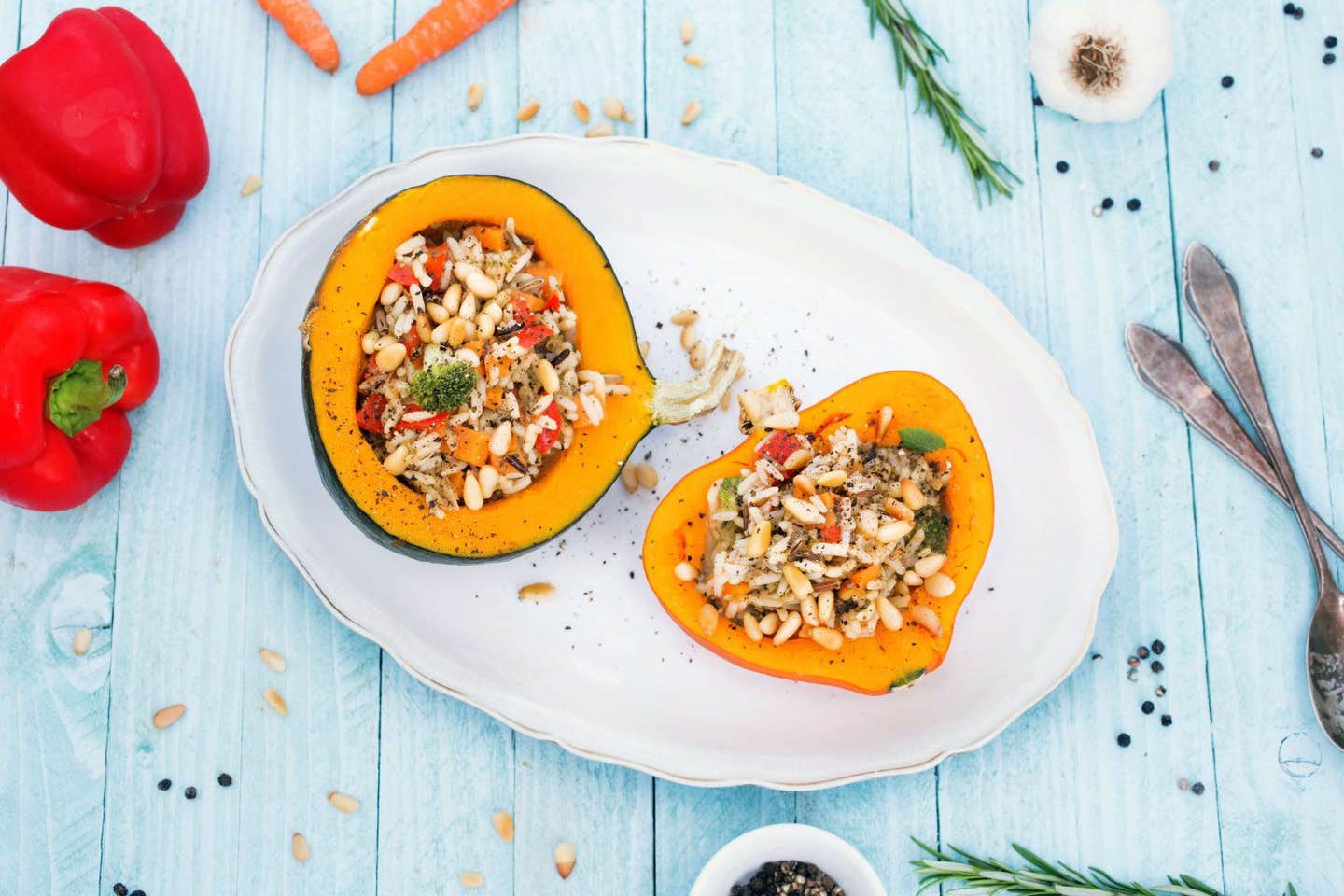
Roasted Stuffed Winter Squash
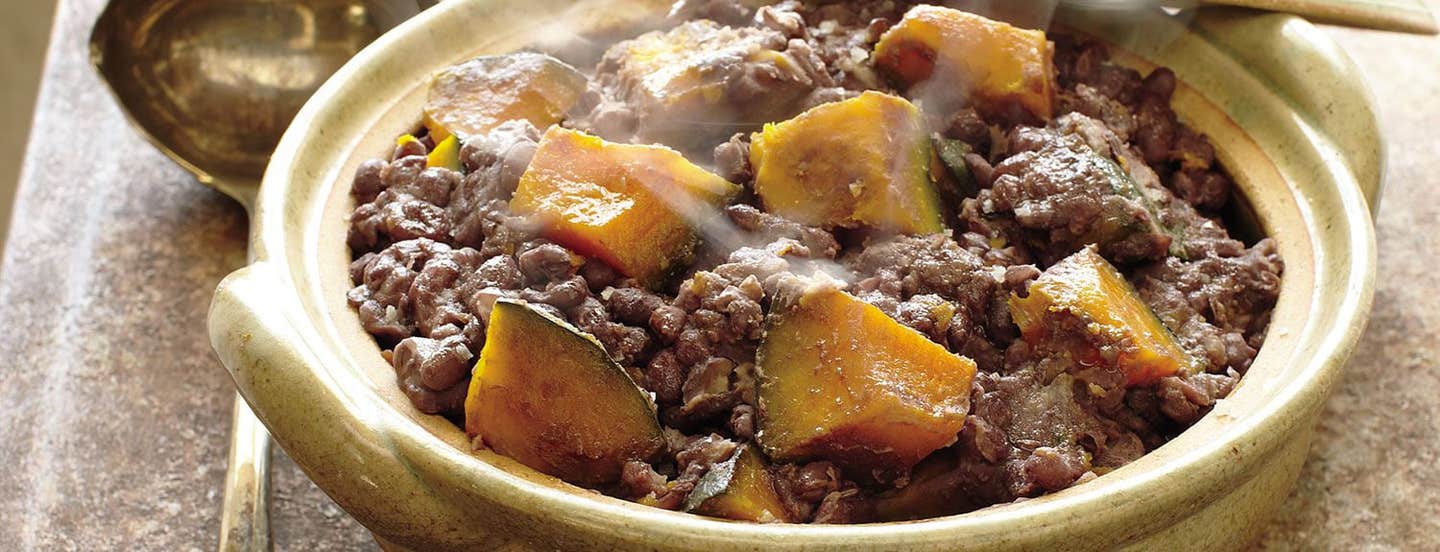
Adzuki Beans with Kabocha Squash
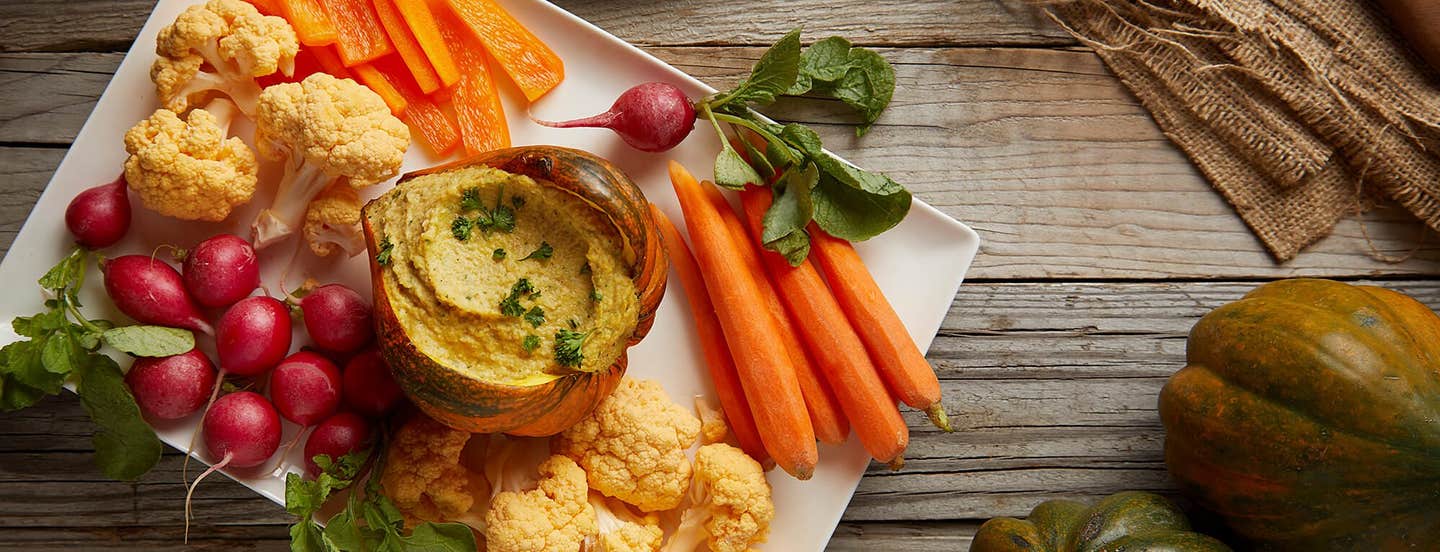
Curried Acorn Squash Hummus with Crudités

Pumpkin Pie Tart with Oat Crust
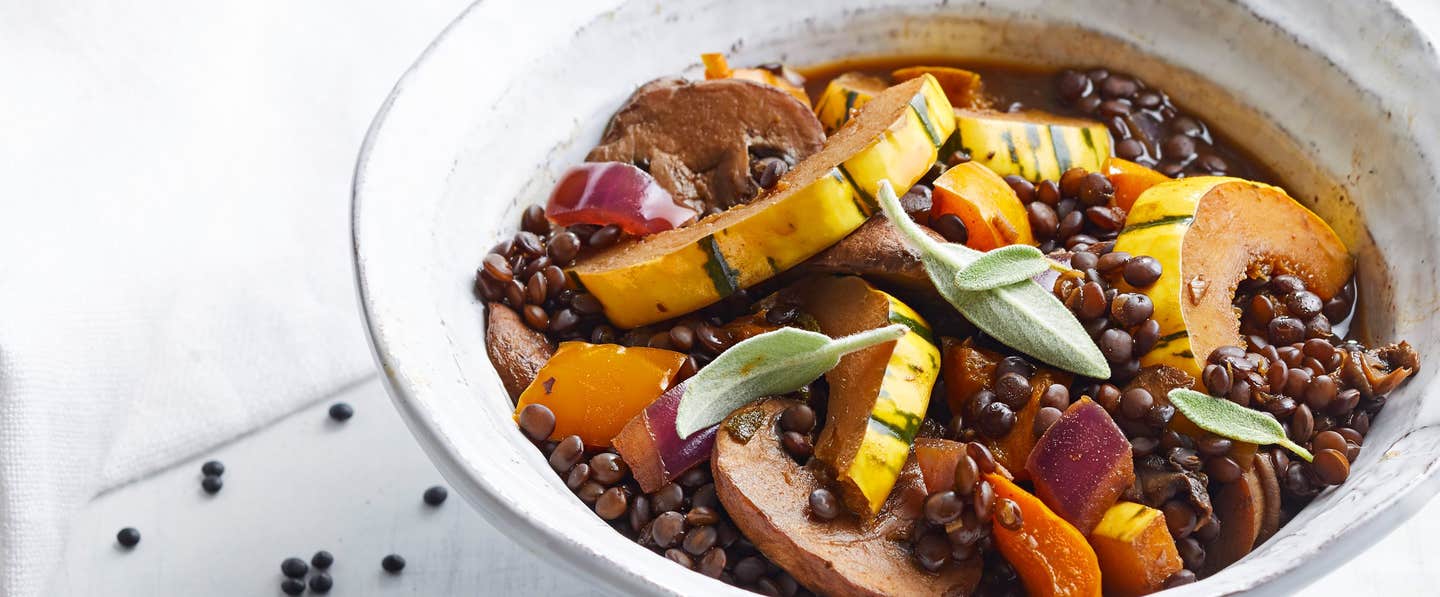
Sage Lentil Stew with Squash and Mushrooms
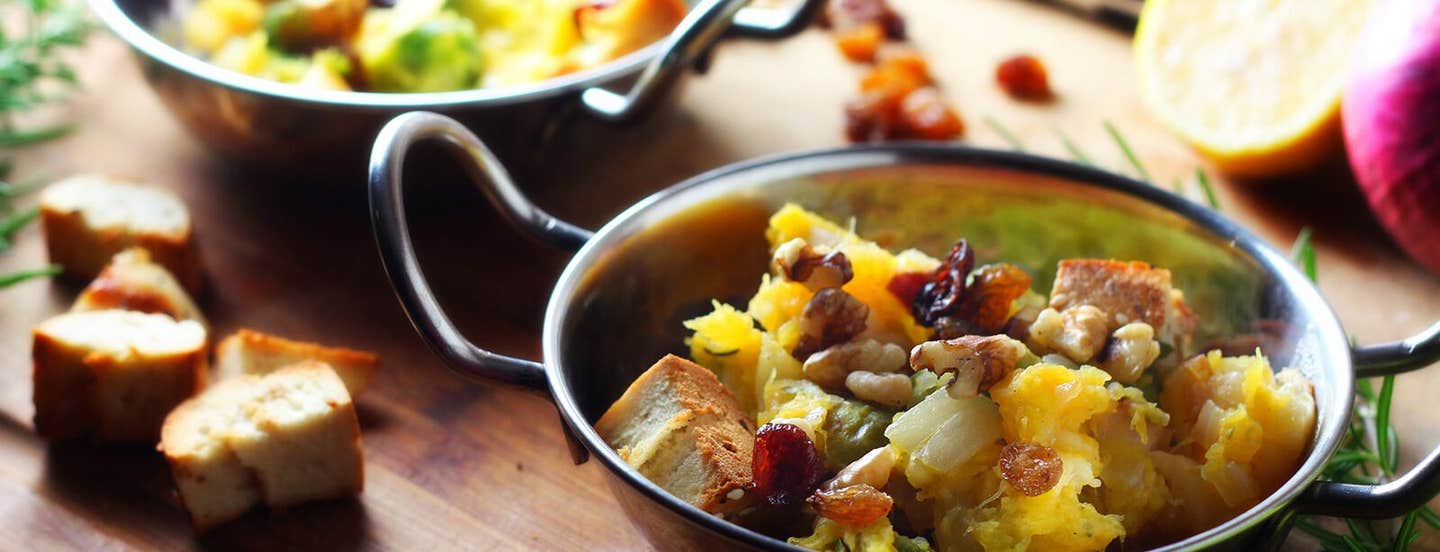
One-Pot Squash and Brussels Sprouts Panzanella with Dried Cherries
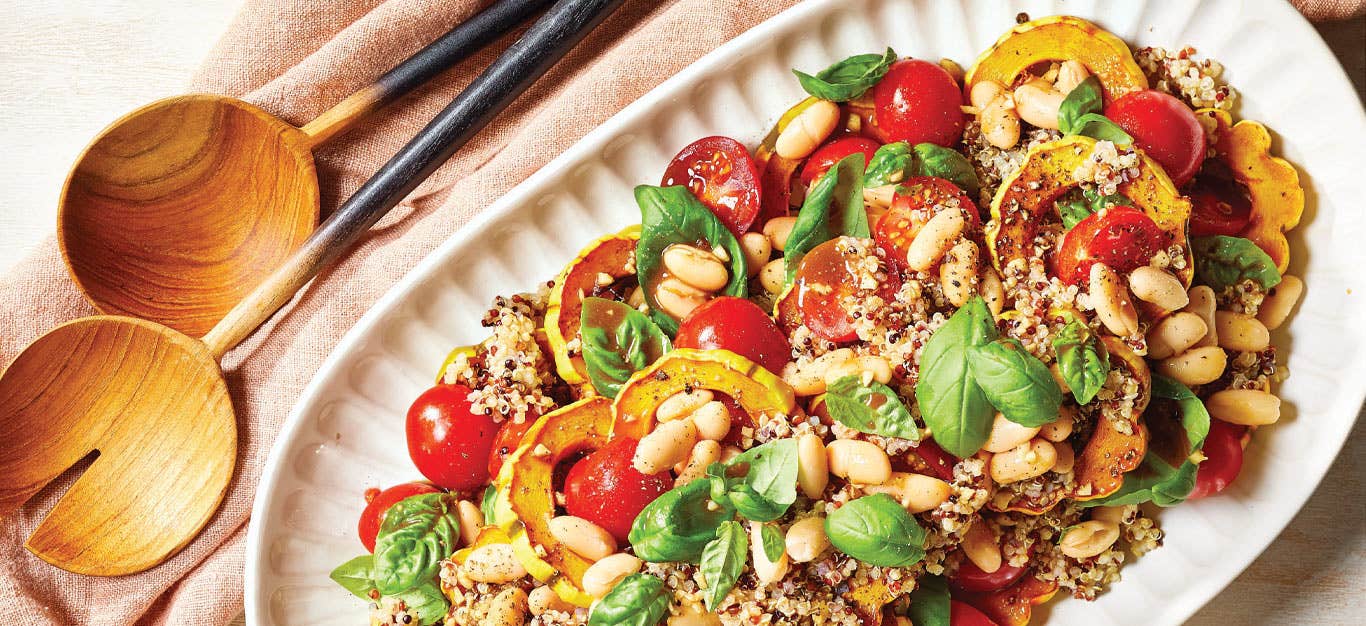
Balsamic-Roasted Delicata Squash Salad

Moroccan Butternut Squash and Chickpea Stew
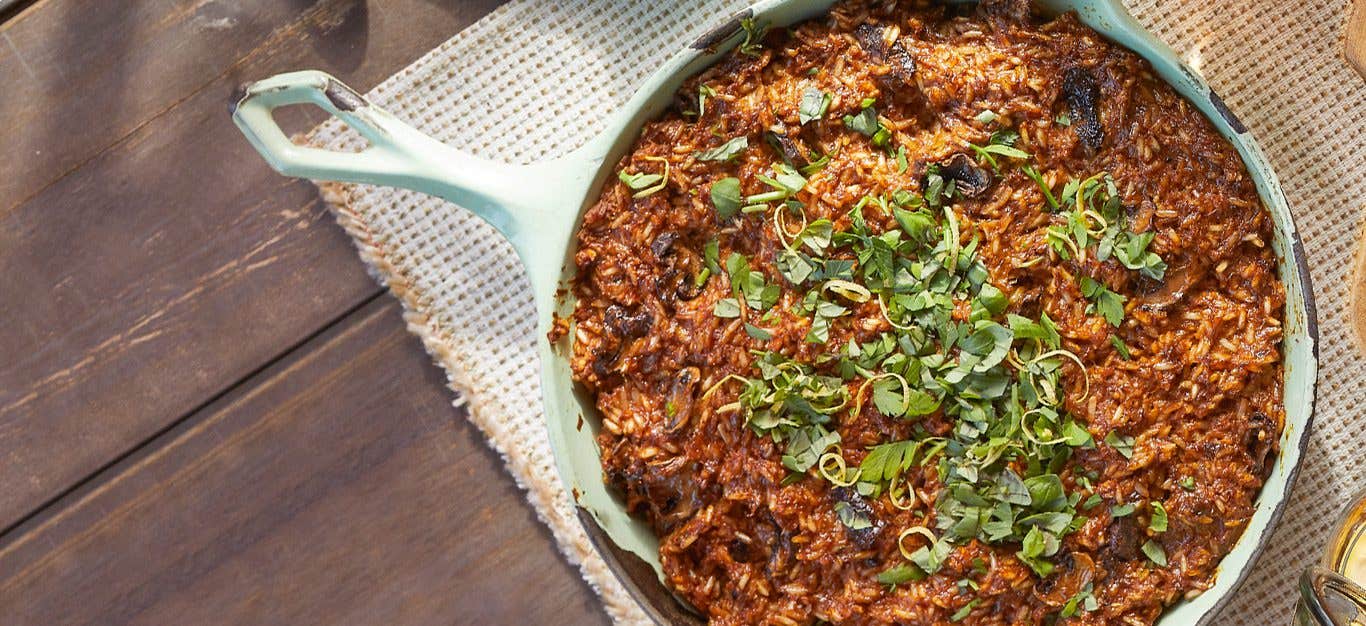
Pumpkin Risotto Frittata with Mushrooms
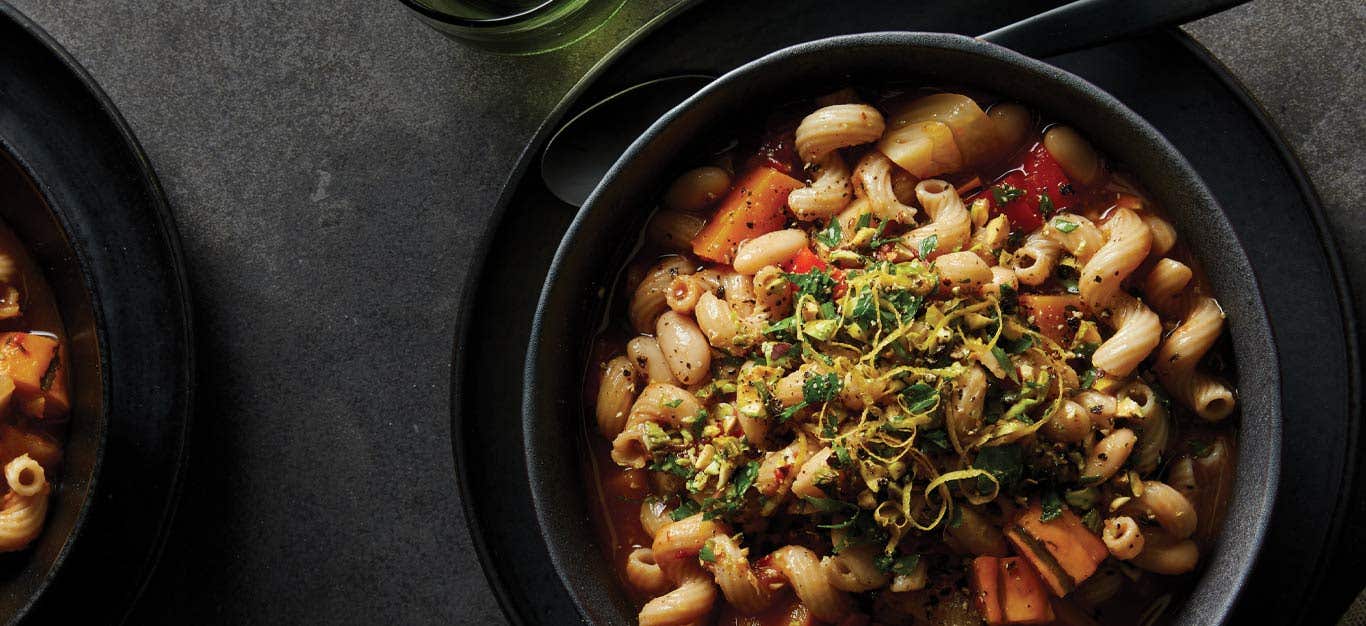
Winter Squash Soup with Pistachio Gremolata
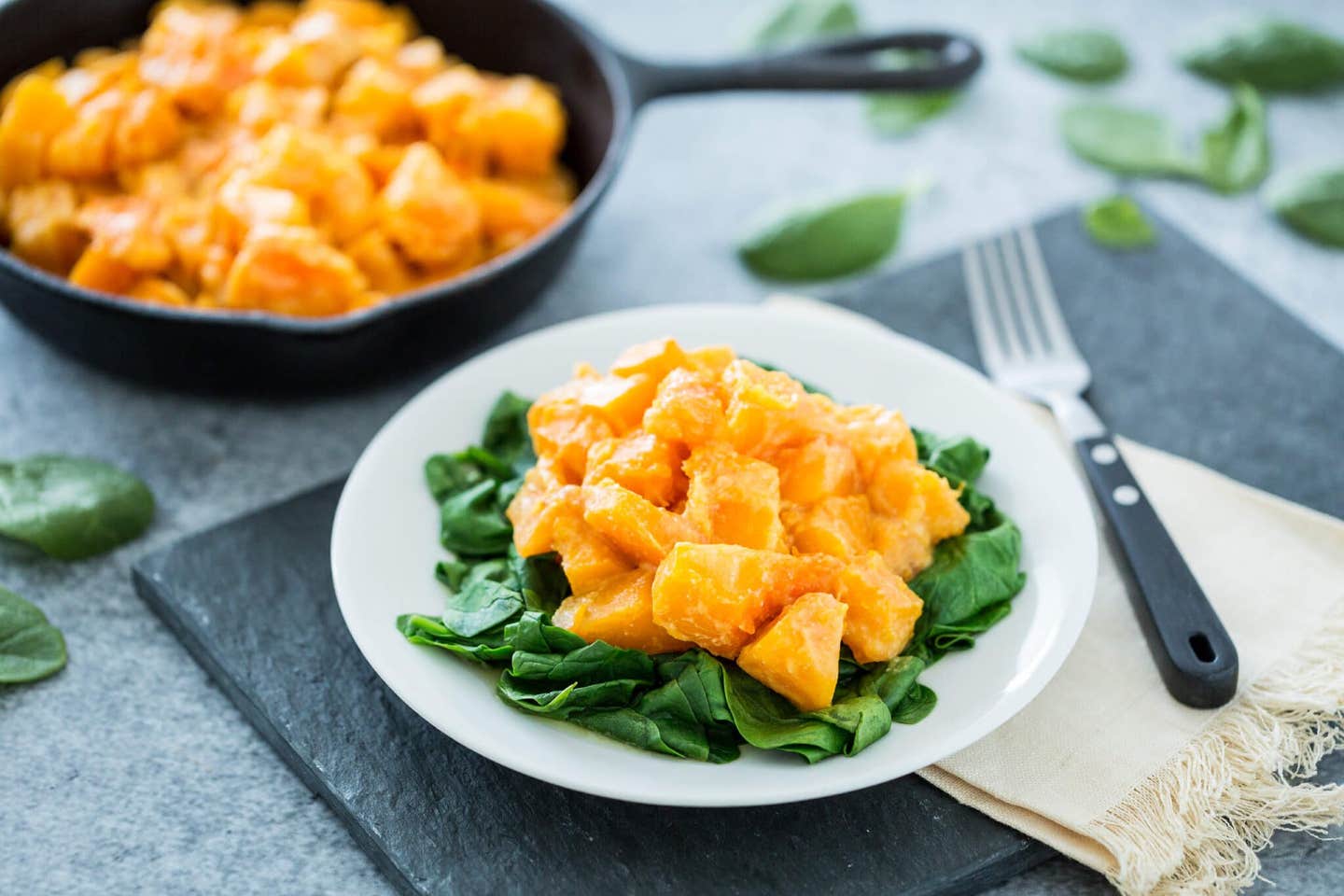
Miso-Glazed Butternut Squash with Spinach
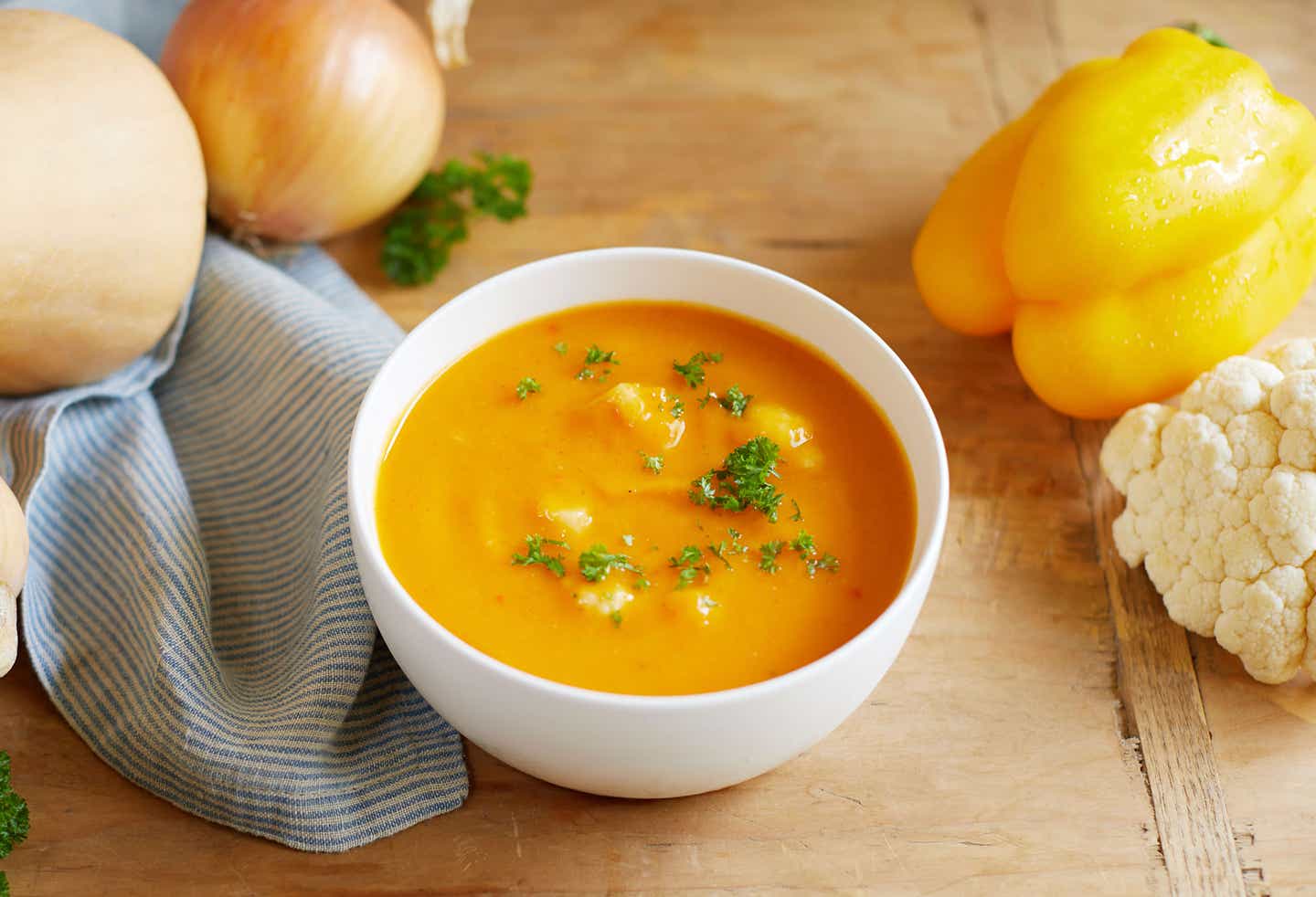
Autumn Butternut Squash Soup

Almond-Oat Cookie Bars with Pumpkin Frosting
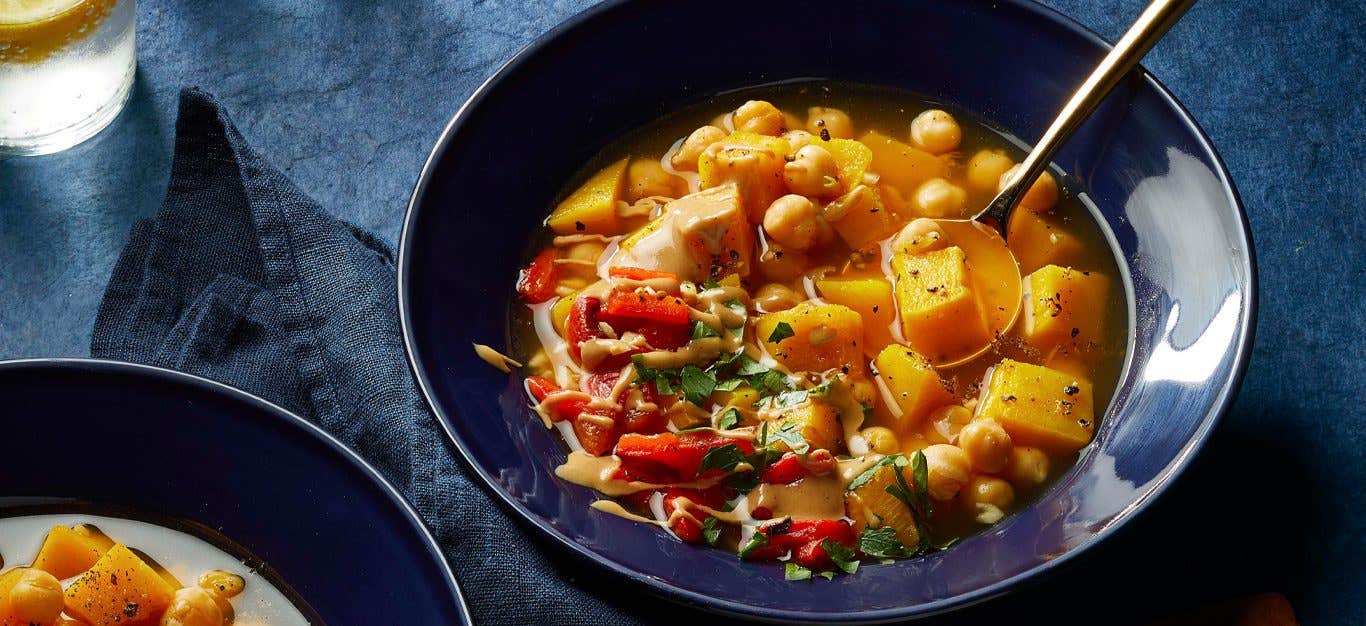
Roasted Red Pepper and Squash Soup with Chickpeas

Quinoa with Kale and Roasted Butternut Squash

Pumpkin Bread Pudding
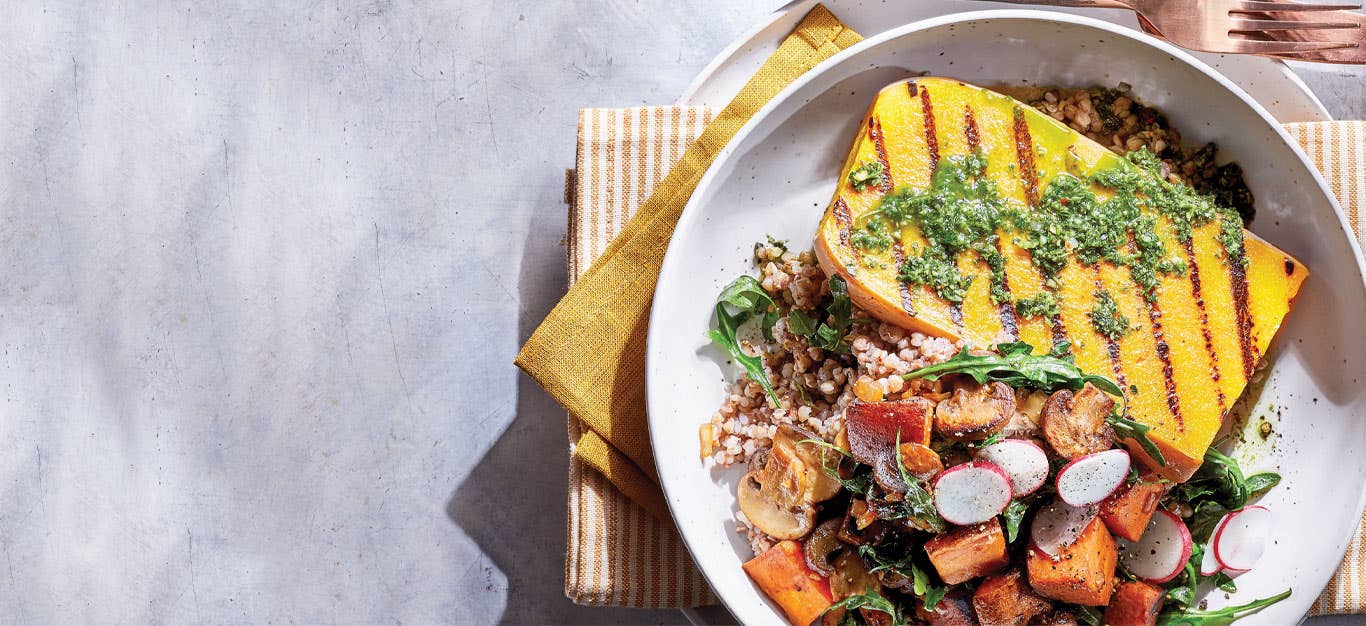
Butternut Squash Steak Supper
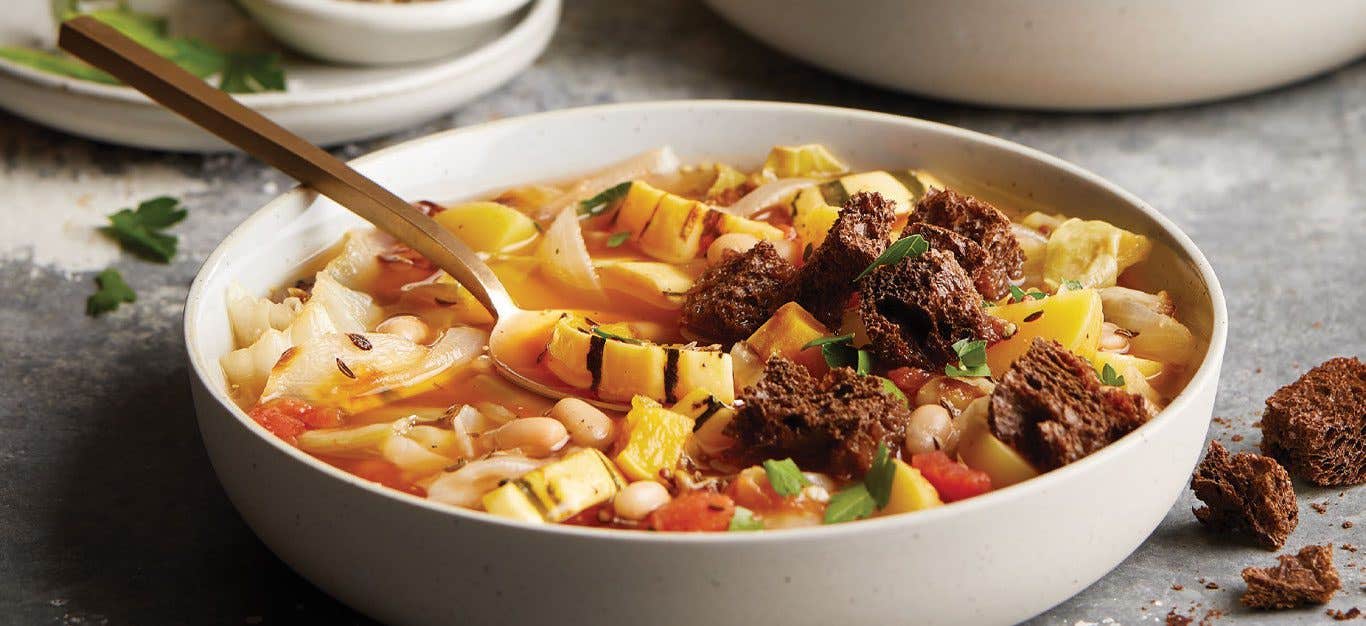
Delicata Squash and Roasted Cabbage Stew
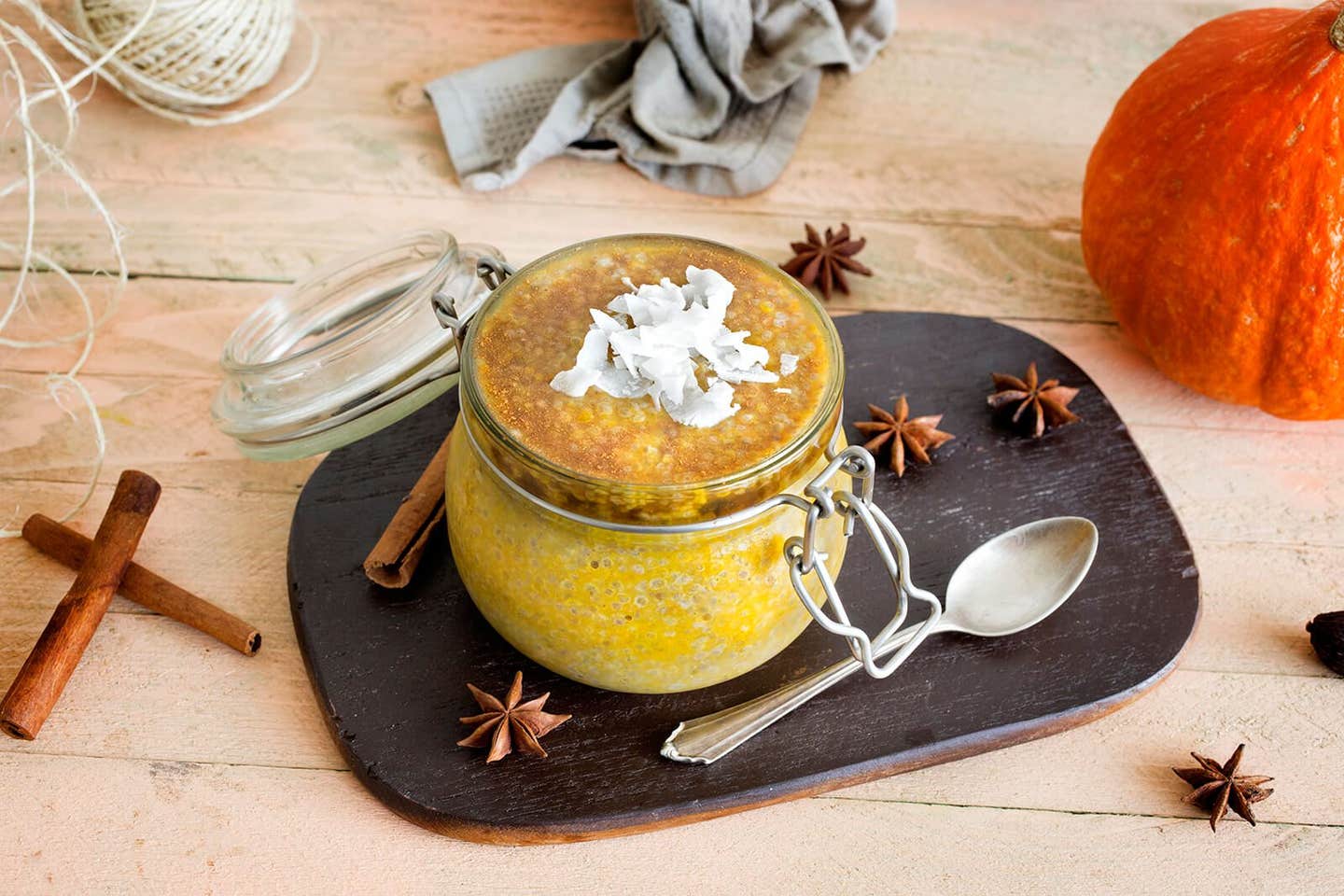
Pumpkin Spice Chia Pudding

Roasted Garlic, Delicata Squash, and Farro Stew
This article was originally published on Nov. 11, 2021, and has been updated.
About the Author

About the Author
Megan Edwards
MORE FROM FORKS OVER KNIVES
Join our mailing list
Get free recipes and the latest info on living a happy, healthy plant-based lifestyle.
By providing your email address, you consent to receive newsletter emails from Forks Over Knives. We value your privacy and will keep your email address safe. You may unsubscribe from our emails at any time.
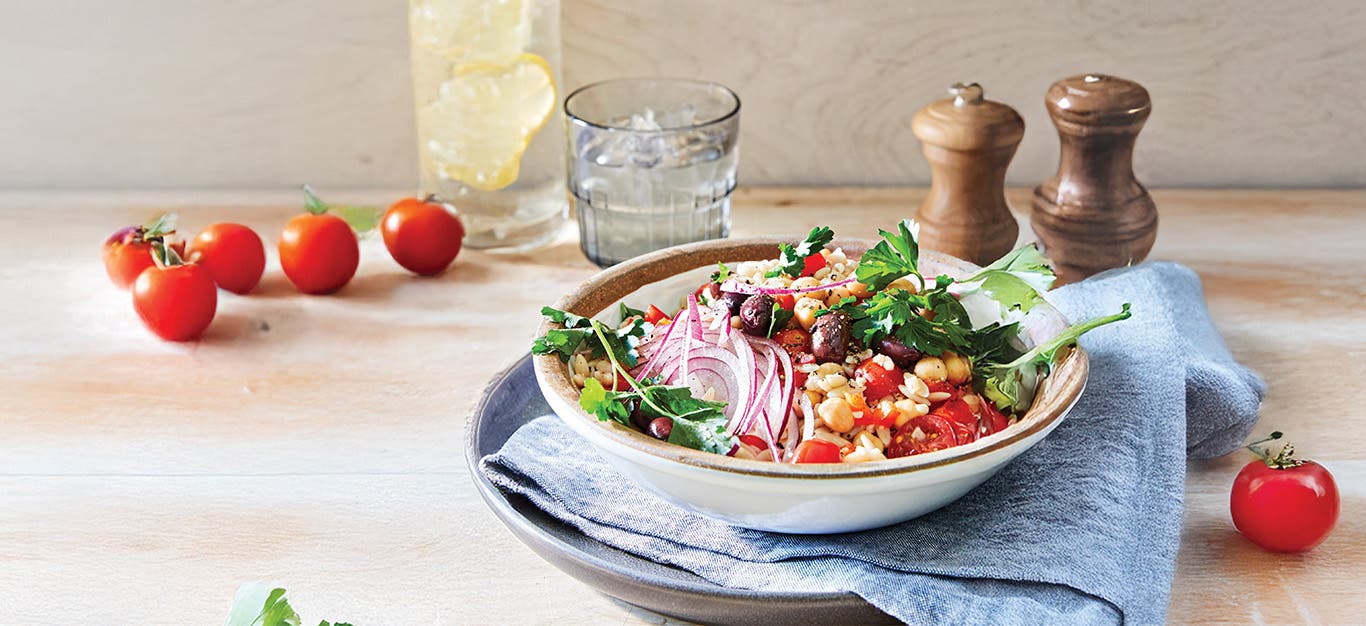

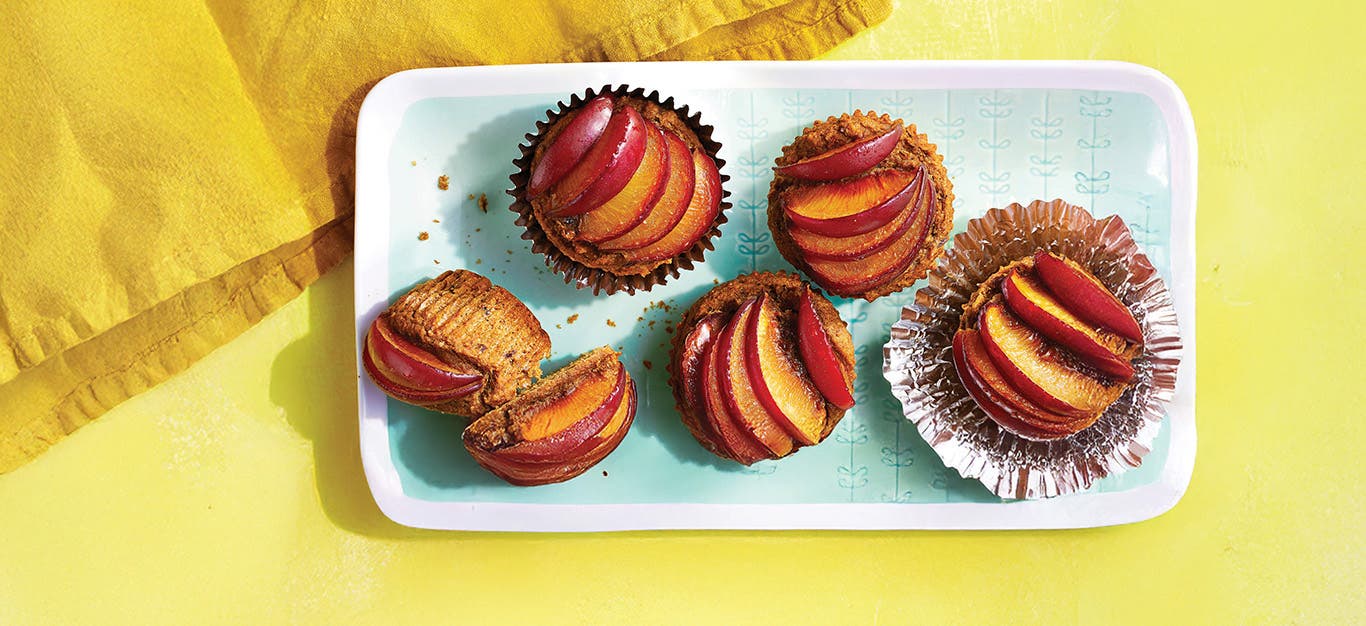
Comments (0)
(0 from 0 votes)